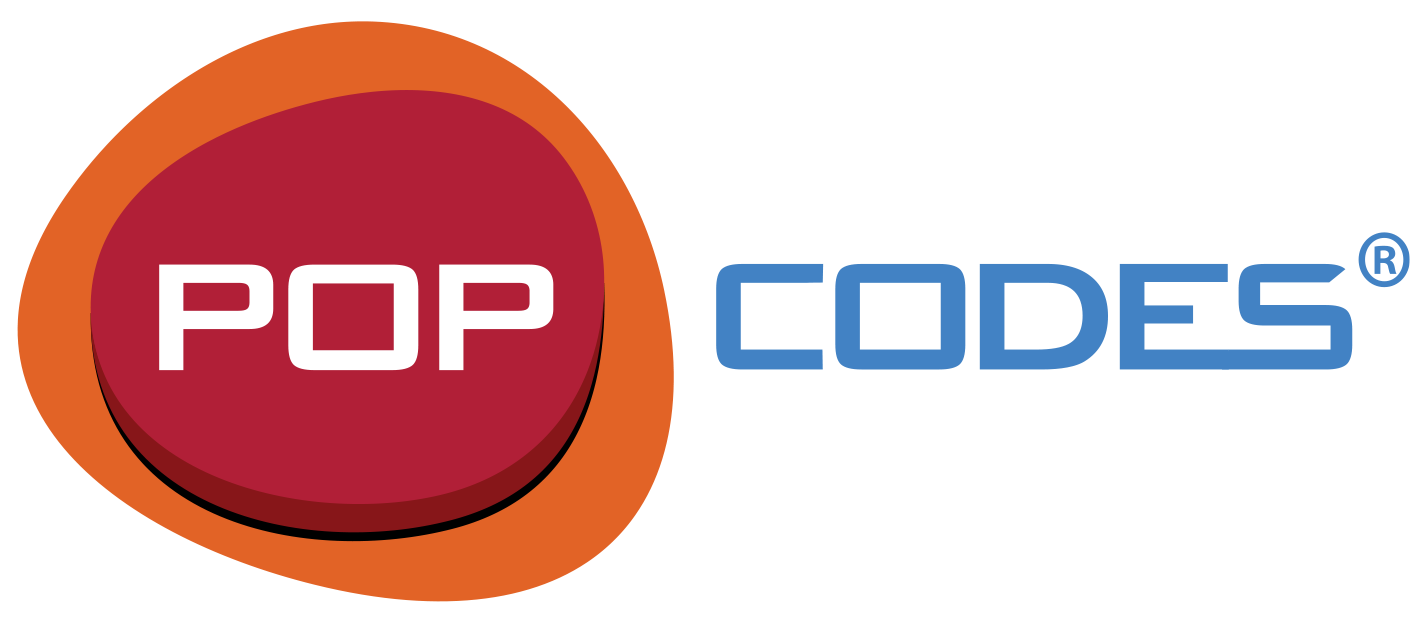Calgary, AB–POPcodes, a Calgary-based company led by veteran North American retail executives, bridges the gap between e-commerce and physical shopping by giving consumers a code when checking out online they can then use to redeem purchases or promotions at the cash register.
Because POPcodes integrates with existing ecommerce platforms and in-store point of sale systems, it supports the entire ‘clicks to bricks’ customer journey.
Co-founders Gregg Aamoth and Glenn Yuen saw an opening in the market when they realized that retailers were misplacing their focus entirely on the online shopping experience, neglecting the time-tested in-store shopping model.
“The vast majority of consumers begin their path to purchase online, but an overwhelming amount of those shoppers – 95 per cent – still prefer to make the purchase in store,” says Aamoth. “Some stores offer in-store pickup for online purchases, but they are rarely successful because their current systems do not link their disparate sales channels. We wanted to make something that connects those experiences in one solution to benefit both the retailer and the consumer.”
By entering their verified phone number and three-digit passcode – their personal POPcode – when in store, customers using POPcodes can redeem an online order or generate a proof of promotion at any participating location without going through the hassle of printing out their order confirmations or showing a photo ID. Even better for retailers, a customer that comes in store is an opportunity for additional sales beyond the online purchase.
“From the very first transaction, POPcodes reduces online shopping cart abandonment, drives in-store traffic, extends the life of existing payment systems and improves real-time multichannel inventory management,” Yuen adds. “Even better, as usage increases and transaction history accumulates, POPcodes will provide retailers tremendous insight into the consumer’s wallet.”
Instead of paying for shipping costs and waiting for their purchases to arrive, consumers can purchase online and pick up their order in a convenient local location, while retailers benefit by not having to pay the price of offering free shipping. Further, no additional investment in infrastructure is necessary to implement a system that separates the redemption and payment processes, thus reducing the possibility of fraud. In an era of in-store data breaches, POPcodes provides a B2B solution that minimizes risks for both the customer and retailer.
Through POPcodes’ online API, merchants can create a proof of purchase or proof of promotion that sends data related to the consumers’ online transaction or registration for an online promotion to a variety of function-specific POP templates. These enable merchants to send a wide range of content (including location data, product and pricing information, product suggestions) for display and also for in-store output on demand. This same mechanism enables brands to establish a series of redemption rules and personalized prompts that provide an unprecedented amount of flexibility and control over the in-store customer and associate experience.
POPcodes is now available on the sites of participating retailers. For more information, visit POPcodes.com.
